An Introduction to Student Loan Defaults
First off, let’s talk about what it means for a loan to default. Student loans go into default status when an account becomes delinquent for 270 days or more. There are a number of issues with letting a loan go into default. The first, and probably most important, is the negative affect it has on your credit score. A defaulted loan can take a huge toll on your overall score.
Additionally, when a loan default occurs the guarantor or a collections agency will immediately begin attempting to have you repay the entire loan in full. They are able to do this because of the contract you signed when you applied for the loan. This is one of the toughest things to go through for a borrower that defaults because the likelihood of having the money to repay your loan in full if you’ve defaulted is very low.
Lastly, when you default on a loan you run the risk of having the lender file a judgement and taking you to court. This can result in a court judgement that may require you to pay the amount owed plus legal fees. A judgement will show up on your credit report as well, affecting it negatively.
Federal vs. Private Student Loans
There are significant differences between federal and private student loans that you should be aware of. These range from deferment and forbearance terms to varying interest rates, default procedures and more. Most of the loan rehabilitation programs that exist, including the one that is discussed in this article are for federal student loans.
Student Loan Rehabilitation Program
If you have recently defaulted on your federal student loans there is a loan rehabilitation program through the U.S. Department of Education that allows students to put defaulted student loans in good standing by following a series of steps. In addition to getting your loans out of default, the program often times allows for lower monthly payments than normal, and if completed successfully, will remove all of the negative items from the defaulted loan(s) off of your credit report.
Loan Rehabilitation Program Requirements:
1. You must volunteer to make payments. Garnished wages do not count towards the program.
2. All payments must be made on time.
3. You must make nine consecutive monthly payments in a ten month period.
4. You cannot make a lump sum payment or make double payments to complete the program in a reduced amount of time.
5. Your principle and interest must be at least $500 after all nine payments are made
Note: Loans that have already been rehabilitated are not eligible for a second time in the program.
Are there other options?
If for some reason you do not qualify for the Student Loan Rehabilitation program you may be able to consolidate your loans through the Federal Direct Consolidation Program. This program is also offered by the U.S. Department of Education and allows you to combine and consolidate your current federal loans (even those defaulted or delinquent) with existing Federal Family Education (FFEL) program Loans into a new Direct Consolidation Loan.
Don’t Ignore Your Loans
I’ve met a number of people who have swept financial obligations under the rug. They will never disappear, they only get worse. Many of the debts Americans carry don’t have the same second chance programs as the one I’ve outlined above. If you take advantage of this program be sure not to default a second time (as noted you won’t qualify again). If you’re struggling with your loans, the best thing to do is call the lender and let them know. There are usually a number of options available to you such as forbearance or post-dating your payment.

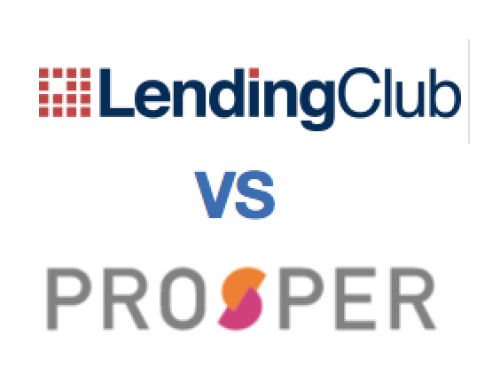
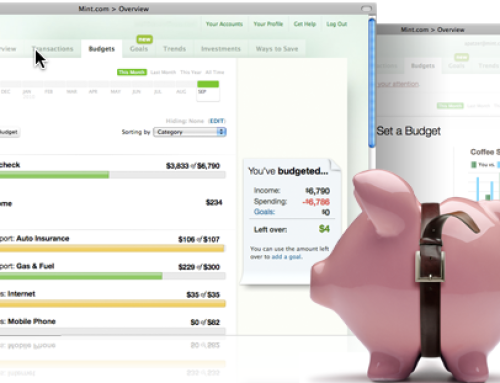
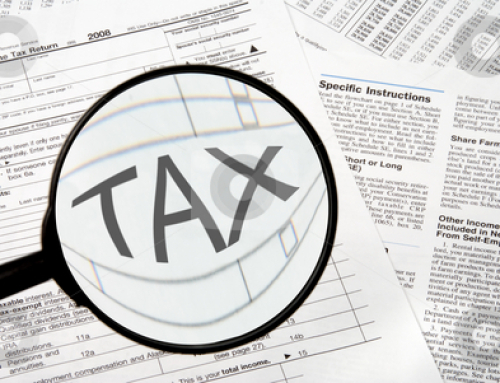
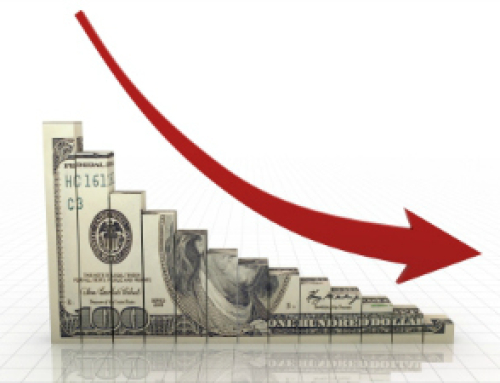
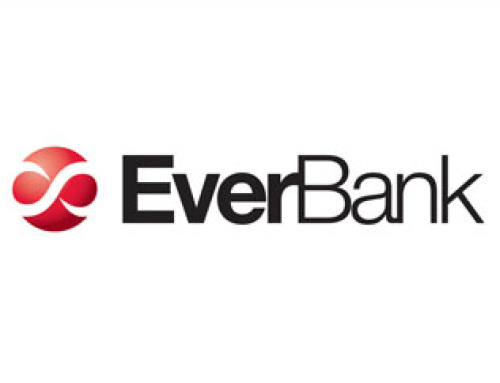







Follow Us